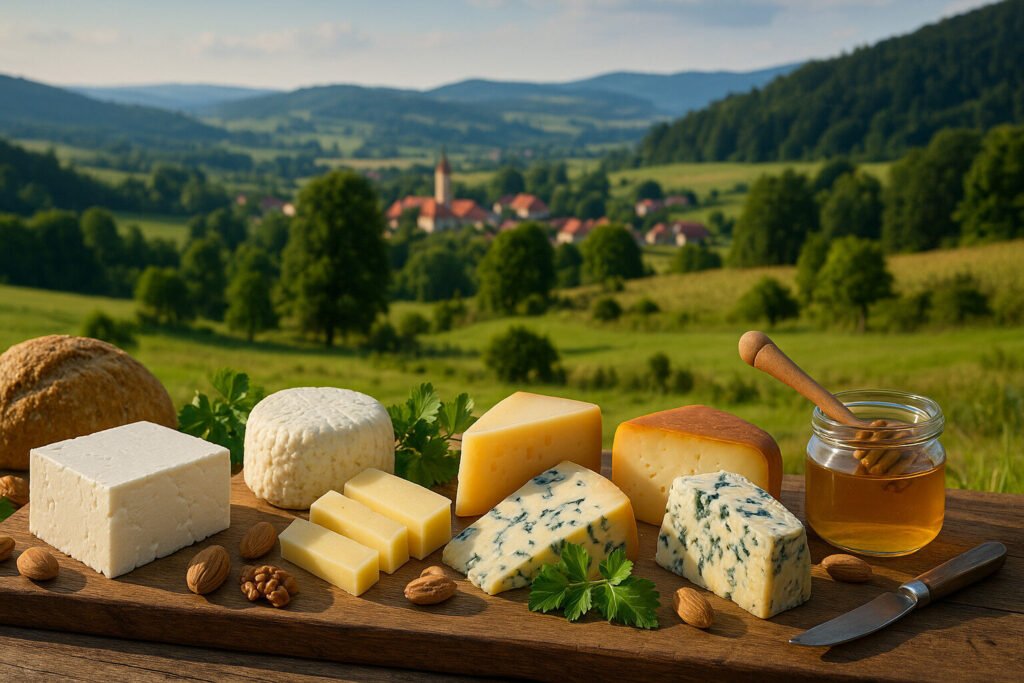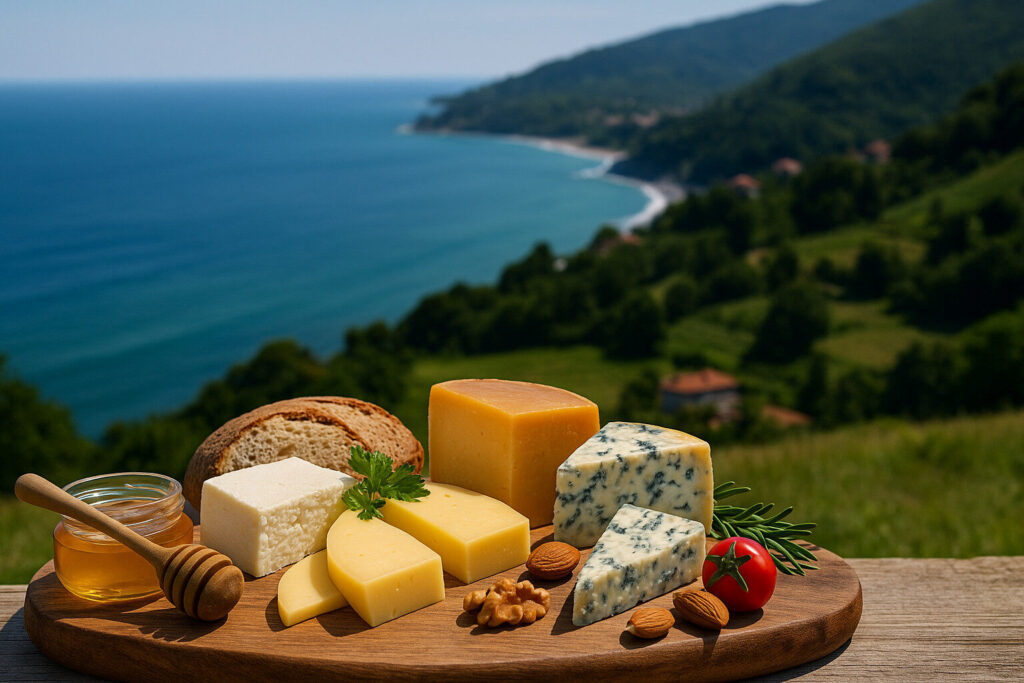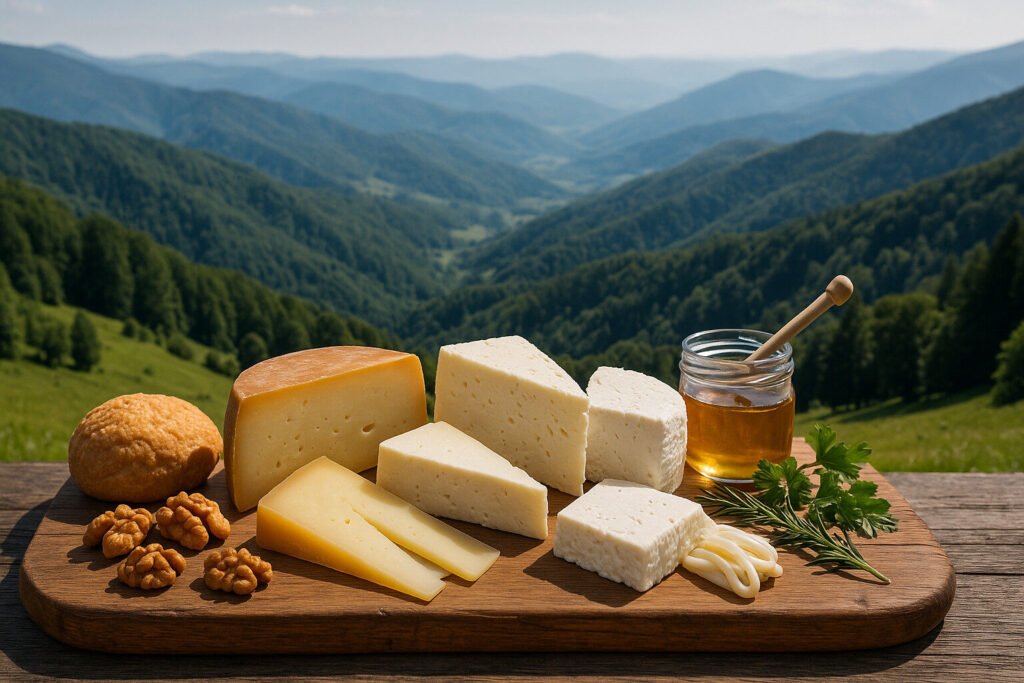Cheese Of Ukraine
Ukrainian Cheese Definition and Scope
Ukrainian cheese encompasses dairy products crafted using traditional and modern methods across Ukraine’s regions. These cheeses reflect local agricultural practices and cultural preferences, ranging from fresh varieties to aged hard types. The category includes both cow’s milk specialties and those incorporating sheep or goat milk from Carpathian pastures.
Ukrainian cheesemaking maintains distinct characteristics while incorporating influences from neighboring European traditions. Protected geographical indications currently include Carpathian bryndza and other regional specialties. The scope covers everything from household farmstead production to industrial cheese plants supplying domestic and export markets.
Ukrainian Cheese Production Techniques
Traditional Ukrainian cheese production often utilizes raw milk and natural fermentation processes passed through generations. Many regional varieties employ specific bacterial cultures unique to local microclimates and dairy herds. Artisanal producers frequently age cheeses in natural caves or cellars with controlled humidity levels.
Modern Ukrainian cheesemaking combines these traditional methods with contemporary food safety standards and technology. Industrial producers implement pasteurization and standardized cultures while maintaining characteristic flavor profiles. Both small-scale and large operations participate in Ukraine’s growing specialty cheese movement, adapting techniques to local milk composition.
Sensory Profile of Ukrainian Cheeses
Ukrainian cheeses typically present pronounced savory notes with varying degrees of saltiness and acidity. Fresh varieties like suluguni offer elastic textures and mild lactic flavors, while aged cheeses develop complex nutty and sharp characteristics. Many traditional types feature distinctive fermented notes from specific mold or bacterial development.
The sensory spectrum ranges from the briny, crumbly texture of Carpathian bryndza to the semi-soft, slightly sour notes of homemade vurda. Regional variations create diverse aroma profiles, from herbaceous notes in pasture-grazed milk cheeses to sharper, more pungent aged varieties. Texture varies considerably from spreadable fresh cheeses to firm, sliceable aged types.
Ukrainian Cheese Uses and Applications
Traditional Ukrainian cuisine incorporates cheeses both as table cheeses and cooking ingredients. Bryndza serves as essential filling for varenyky and seasoning for banosh cornmeal dishes. Fresh cheeses often accompany breakfast foods or appear in salads, while aged varieties complement bread and alcoholic beverages.
Modern Ukrainian chefs utilize local cheeses in contemporary fusion dishes while maintaining traditional pairings. Industrial cheese production supplies the food manufacturing sector for processed foods and ready meals. Export markets increasingly recognize Ukrainian cheeses as distinctive ingredients for gourmet cooking and charcuterie boards.
Regional Ukrainian Cheese Examples
The Carpathian region produces famous bryndza cheese from sheep milk, protected as a geographical indication. Bukovynian traditions include various brânză varieties influenced by Romanian neighbors, often smoked over local hardwoods. Central Ukrainian districts specialize in cow’s milk cheeses like homestead-made sour milk cheeses.
Western Ukraine maintains strong traditions of vurda and budz fresh cheeses, often produced seasonally. The Zakarpattia region develops unique blended milk cheeses combining cow, sheep, and goat milk. Eastern Ukrainian producers have adapted Soviet-era industrial methods to create updated versions of traditional recipes for broader distribution.



